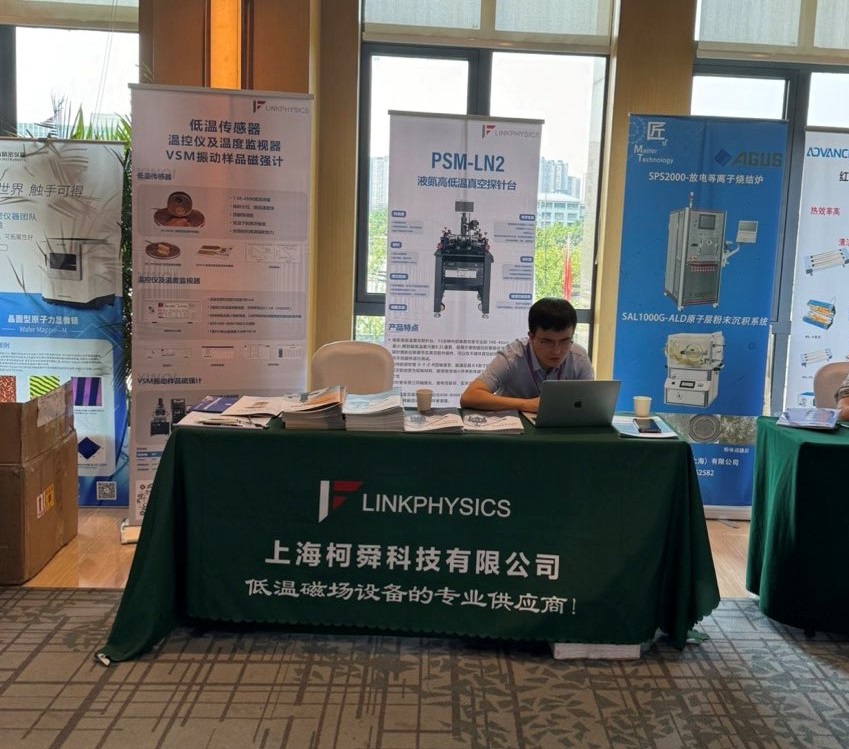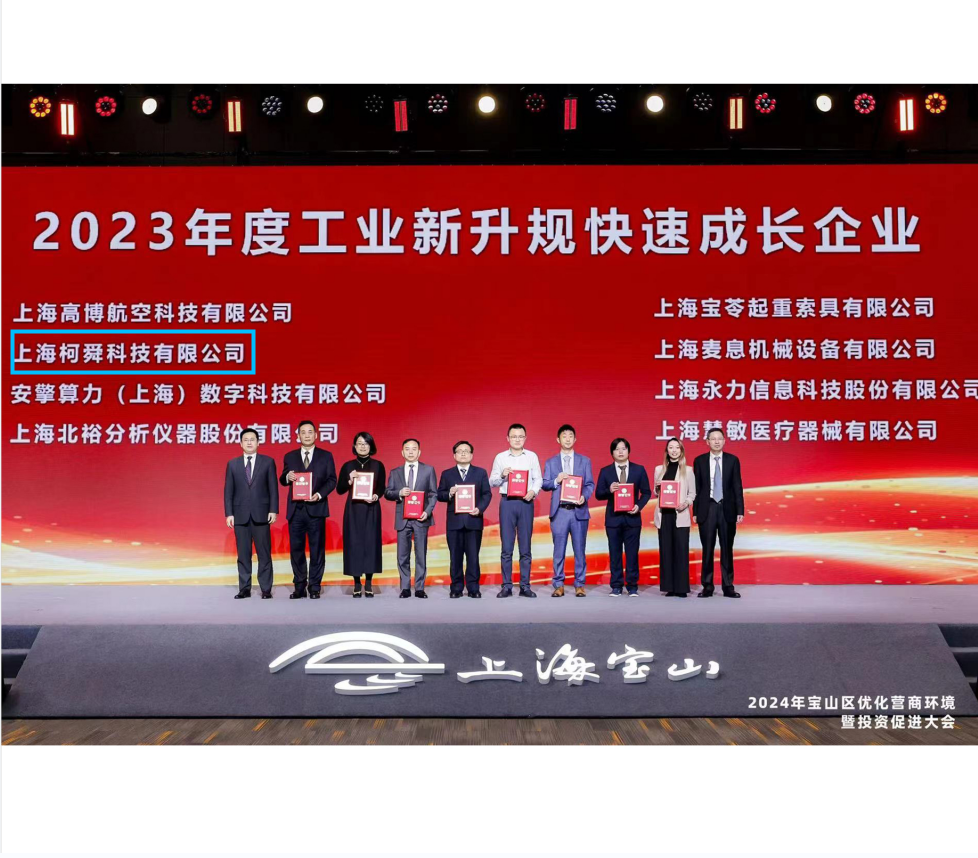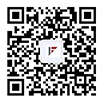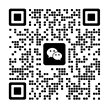Shanghai Kershun Participates in the 2024 "Quantum Materials and Devices Forum"
On May 24-26, 2024, "2024 Academic Forum on Quantum Materials and Devices" was held in Chongqing, hosted by Quantum Materials and Devices Research Centre of Chongqing University. This conference aims to promote the mutual communication and cooperation between domestic and foreign scholars and experts in the field of quantum materials and devices, to carry out a wide range of professional discussions on the frontiers and trends of the development of quantum materials and devices, and to share the research results in condensed matter physics, materials physics, device physics and other related fields.





